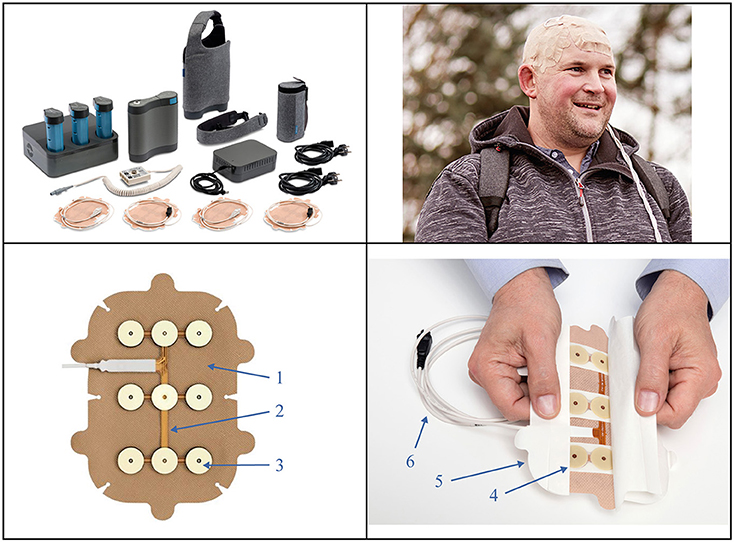

These completely cover the brain and spinal cord and help to protect it. Between the brain and the skull, there are 3 layers of membrane called the meninges. The brain is contained within the skull, which protects it. Some of these symptoms are common even without a brain tumour, and this can cause confusion in the early stages.

vomiting (usually in the morning) or feeling sick.Doctors call this raised intracranial pressure, and it can cause symptoms such as:

A growing tumour may push normal brain out of the way, or block the flow of fluid in the brain. Symptoms will depend on the size of the tumour, where it is and how it affects that part of the brain. Symptoms are caused by the pressure inside the head being higher than it should be. This information is about primary brain tumours. Brain tumoursĪ tumour in the brain can come from the brain itself (primary), or from another part of the body (secondary). Your child’s specialist will give you more detailed information and, if you have any questions, it's important to ask the specialist doctor or nurse who knows your child’s individual situation. Understanding more about the cancer your child has, and the treatments that may be used, can often help parents to cope. At times it can feel overwhelming, but there are many healthcare professionals and support organisations to help you through this difficult time. It's devastating to hear that your child has cancer. There are new and better drugs and treatments, and we can now also work to reduce the after-effects of having had cancer in the past. More children than ever are surviving childhood cancer. Boys are affected slightly more often than girls. Brain tumours are the most common tumours that develop in children.


 0 kommentar(er)
0 kommentar(er)
